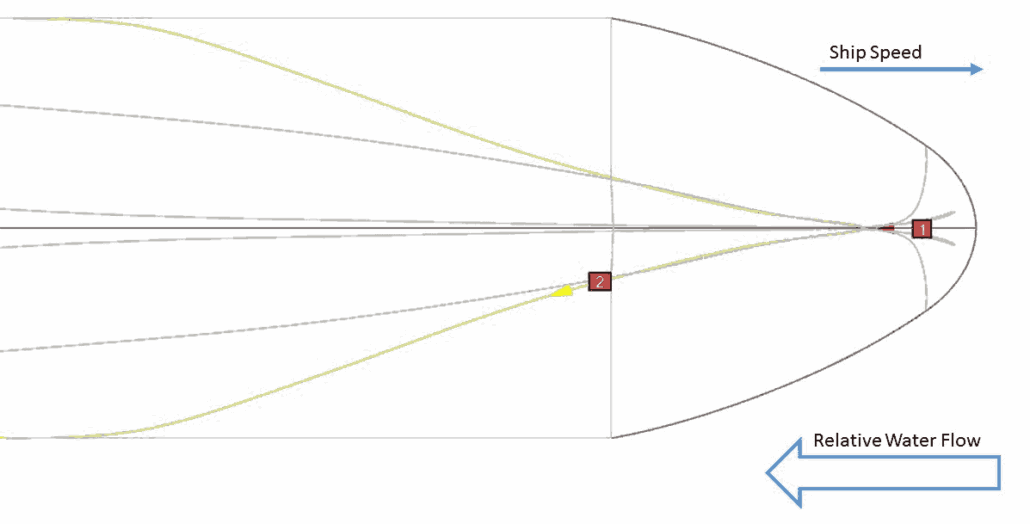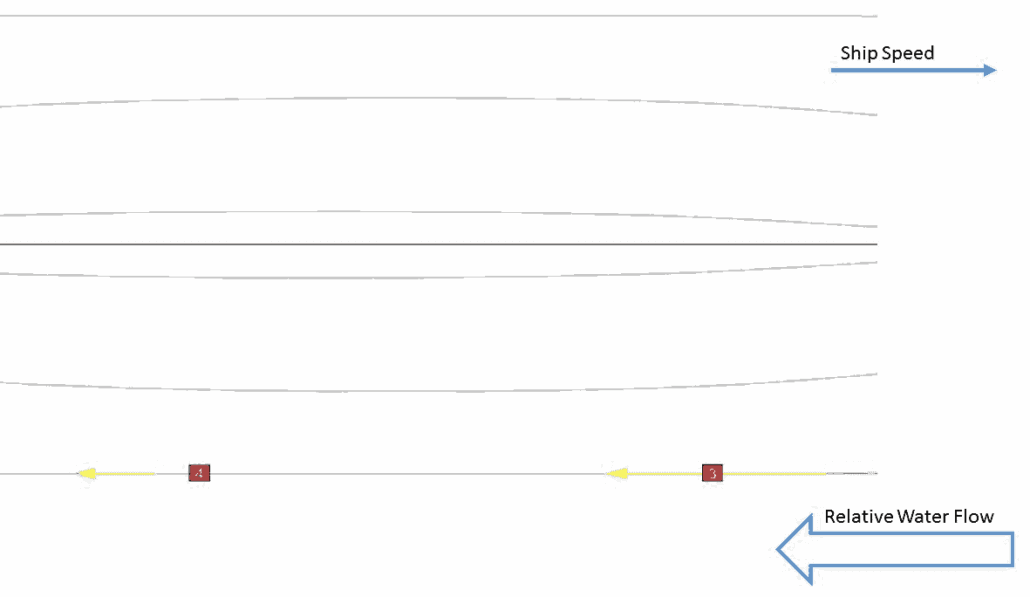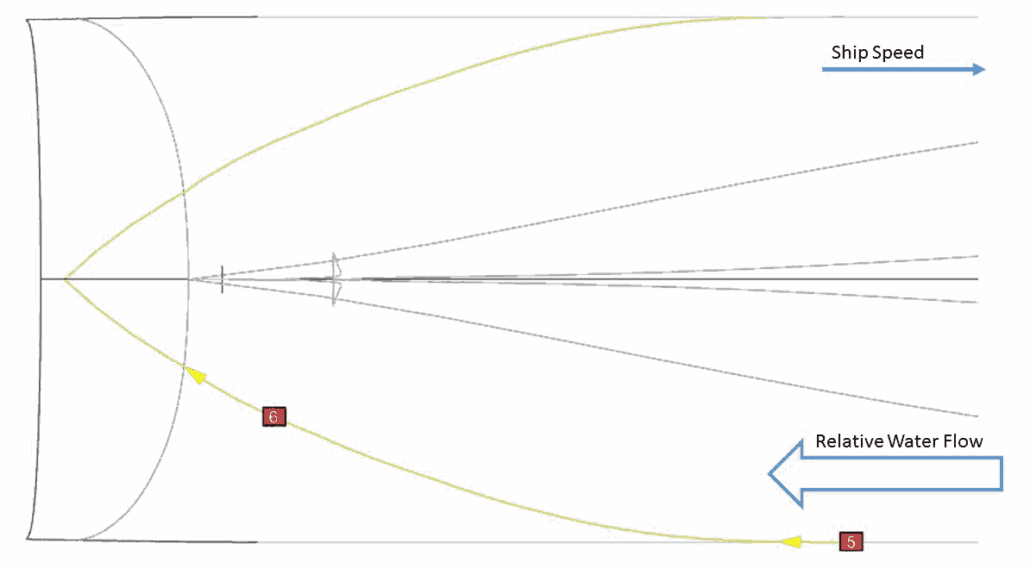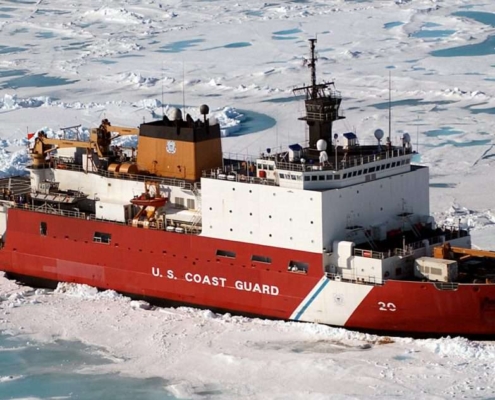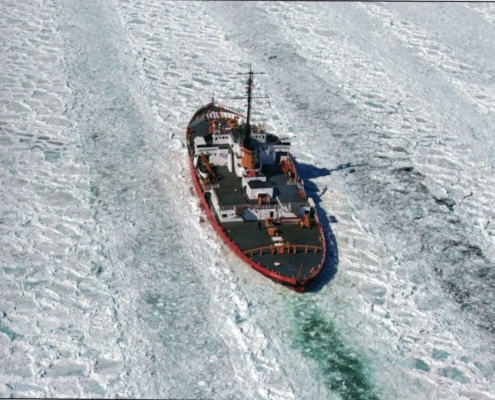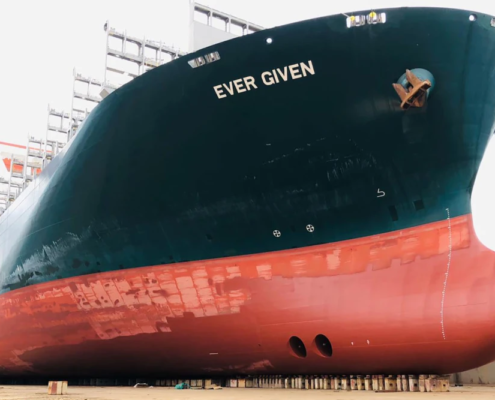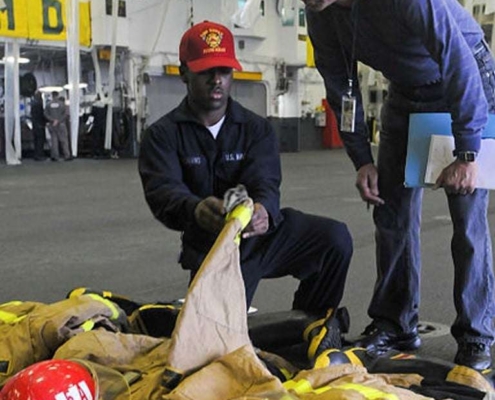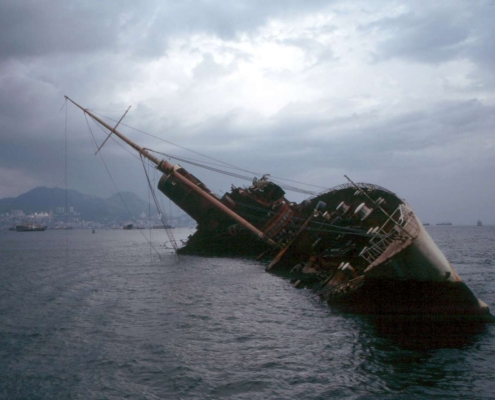The basis for all fluid mechanics is Bernoulli’s equation. (Equation 1 [1]) It describes the various forms of energy that a fluid can hold, making it synonymous to enthalpy equations in thermodynamics. Except Bernoulli’s equation factors out all the constant terms and we discover that energy in a fluid measures as a pressure, in various forms.
Where:
p = Pressure, from compression of fluid (Pa)
ρ = Density of fluid (kg/m3)
g = Acceleration due to gravity (-9.8065 m/s2)
z = Vertical distance above reference point (m)
q = Fluid velocity, combination of all three directions (m/s)
This equation shows that a fluid holds pressure in three possible forms: compression of the fluid, hydrostatic pressure, or velocity of the fluid. (This is a simplified version of the equation meant for steady flow. Other terms add in if we consider unsteady flow.) All three pressure terms add up to a constant, which means that pressure along a streamline can change forms, but it always adds up to the same total. (The only exception is when we intentionally add energy to a fluid with a pump or other device.) Bernoulli’s equation is more accessible when we recognize it as the sum of three categories of pressure (Equation 2):
Compression + Hydrostatic + Velocity = Constant (Equation 2)
We use Bernoulli’s equation most often to compare changes at different points along a fluid streamline. When comparing two points, the total is not important. We focus on how the fluid pressure shifts between categories when transitioning between the two points. (Equation 3)
Compression1 + Hydrostatic1 + Velocity1 = Constant = Compression2 + Hydrostatic2 + Velocity2 (Equation 3)
For hull design, the most important term is the pressure from compression of the fluid. That compression pressure is what pushes on our hull. The drag of ship resistance begins here. We need one more element to convert compression pressure into resistance.



